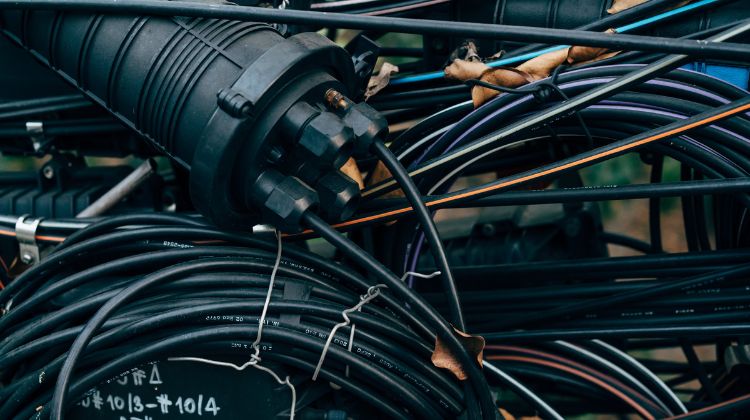
Electrical cables come in many different types and sizes. Each type is built for a special job. Some cables carry power to our homes while others send signals for our phones or computers. In this article, we will look at the main cable types and learn why there are so many.
What Are Electrical Cables?
Electrical cables are sets of wires covered by a protective layer. They help move electricity or data from one place to another. Because our world needs many forms of energy and communication, there are many kinds of cables made for different jobs.
How Many Types Are There?
There is no single answer to the question “How many types of electrical cable?” The answer can change based on how you count them. If you look at the broad groups, there are about 7 to 10 main types. However, if you count the specialized and many variations, the number can be many dozens. Each growing technology and need has led to more cable designs.
Broad Groups of Electrical Cables
Although there are many cable types, we can group them into a few broad categories. Each group is made to work well in a certain area:
-
Power Cables: These cables carry electric power. They come in large sizes for heavy machines and smaller ones for light appliances.
-
Control Cables: These are used to send signals that help control machines and devices.
-
Communication Cables: These carry data for phones, computers, and internet systems. They include telephone wires and network cables.
-
Coaxial Cables: Often used for TV and internet, these cables have a center wire and a shield.
-
Fiber Optic Cables: Instead of metal wires, these use thin strands of glass or plastic. They carry light and are used for high-speed data connections.
-
Flexible Cables: These are made to bend or twist easily. They are used in devices that move a lot, like robots or appliances.
-
Armored Cables: With a metal covering, these cables are well protected. They are used where the cable might get damaged.
Other Specialized Cable Types
Beyond the main groups, many cables are made to meet special needs:
-
Underground Cables: Built to be safe and durable under the ground, these cables have extra protection against moisture and damage.
-
High-Temperature Cables: Some cables are designed to work in hot places without being harmed.
-
Submersible Cables: Used in water or damp locations, these cables resist water and other elements.
-
Instrumentation Cables: These keep signals clear in factories and technical equipment.
Why So Many Types?
There are several reasons for the many types of electrical cables:
-
Safety: Cables must be built to stay safe in different conditions. A cable used outside might need an extra layer of protection against weather.
-
Efficiency: Different cables work better with different amounts of power or data. Using the right cable type helps save energy and keeps devices running smoothly.
-
Durability: Some environments, like underground or underwater, require strong and durable cables.
-
Special Uses: Many industries have unique needs. For example, hospitals, factories, and homes all need cables that work properly in their settings.
How to Choose the Right Cable Type
Choosing the right cable type is all about understanding your needs. Consider these points:
-
Purpose: What do you need the cable for? Is it for power, data, or control?
-
Environment: Will the cable be used indoors or outdoors? In a dry area or a wet one?
-
Safety Regulations: There are codes and rules for using certain cables in homes and public places.
-
Quality and Durability: Make sure the cable is made to last under the conditions it will face.


